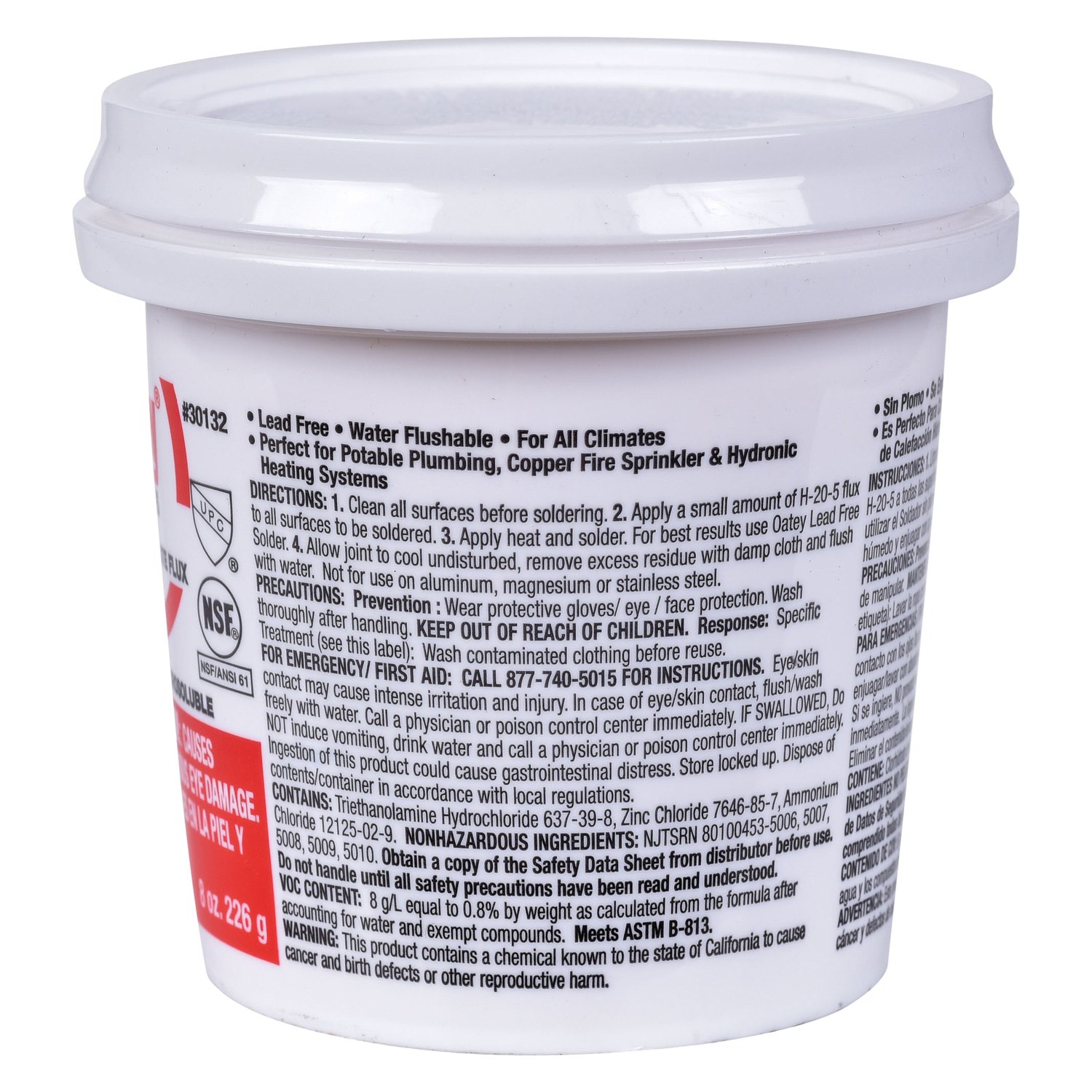
If you use acid flux at mains voltage (as a hapless customer of mine once did) the "set" will be noisy from all the electrical arcing. Here is a typical flux (RMA) from the same manufacturer:Īs you can see, it's a translucent gel-like material with a yellowish tint, not dissimilar to what you have (however given the reference on the can to 'torch' I would be reluctant to try yours on circuits - it may be similar but have impurities that would be electrically conductive, for example).Įdit: From the comment/ link by the flux you have is claimed to be suitable for electronics: They have different characteristics, though for non critical circuits it may not matter which is used. Typical classes of fluxes are RMA (Rosin mildly activated), "no-clean" and water soluble. You can stick multimeter probes into it and see if it is conductive. What you have is flux of some unknown type (although it's specified as non-corrosive so at least it (probably) isn't the typical highly acidic plumber's flux). Using wire solder and water-soluble flux for touch-up and rework. It looks like a grey paste and under the microscope you can easily see that it is composed of tiny balls in a matrix of flux. Flux may come in paste form, or it may be in the core of a soldering wire, which allows. However, this paste sometimes constitutes lead for certain applications.

Because they are soluble in water, you can easily clean any PCB pipes that you use this flux on with regular water. These are stronger compared to other options and can clean off the oxide faster than other options. Moreover, the paste comprises particular flux metals, tin, ammonium chloride, bismuth, and copper. Another option that you can use is a water-soluble flux. There is a tin-bismuth alloy for the big spenders. Here is a comparison: Contents Tinning Flux A usually tinning flux has a greasy texture, and its color is greenish-gray. Most lead-free alloys are mostly tin, with a bit ofĬopper and possibly other metals mixed in. Here is some Asian-origin (real) solder paste:Īs you can see, the alloy (Tin 63%/Lead 37%) is specified as well as the ball size 25-45um diameter. brass, zinc, galvanized iron, lead and tin or copper-coated metals. Oatey Scs Manufacturer : 30140 Water-flushable tinning flux containing solder powder 100 lead-free paste. Oatey H-2095 30143 Water Soluble Tinning Flux, 16 oz Capacity, Pail Container. I've seen it in China, Hong Kong and Taiwan, and this "soldering paste" is from the Philippines. Item must ship LTL freight or Store Pick up. Oatey 95 lead-free tinning flux cleans, tins and fluxes most commonly soldered metals including copper, brass, zinc, galvanized iron, lead and tin or. They say it is especially good on larger pipes. Flux works as a prepping agent before applying soldering flux paste.

This flux works especially well with copper piping. Water-soluble flux is a glycol-based solution that bonds well to metal and requires water to clean its residue. 95 Tinning Flux' that supposedly 'pre-tins' the pips and prevents the flux from burning out or the pipe from oxidizing ('turning green'). Tinning flux is great for cleaning and can also protect from overheating which works great for circuit boards. This seems to be an Asian-English thing- calling flux "soldering paste" or even "solder paste". Standard Paste Flux B blueman posted 14 years ago I noticed at Home Depot that they sell an Oatey branded 'No.


 0 kommentar(er)
0 kommentar(er)
